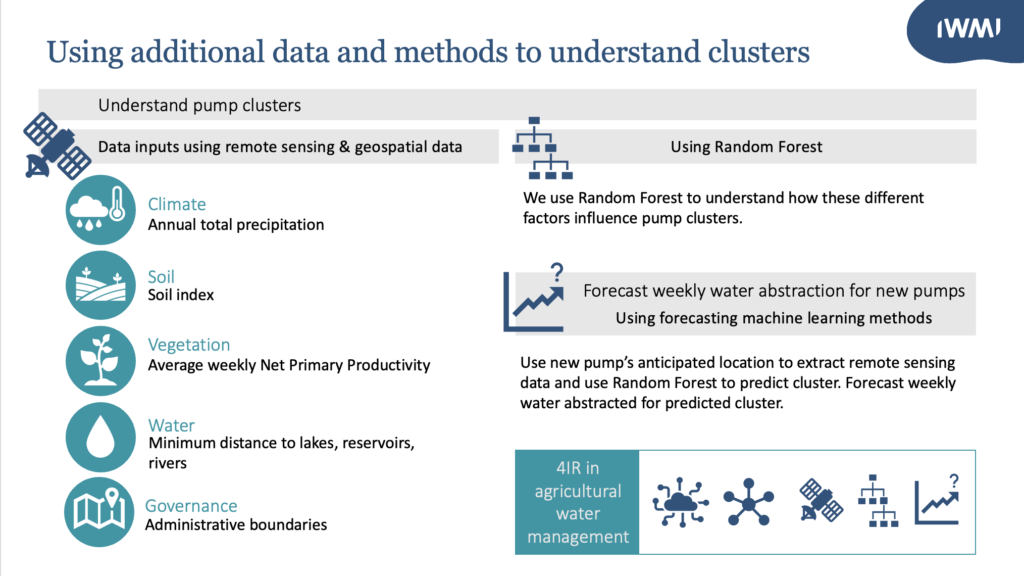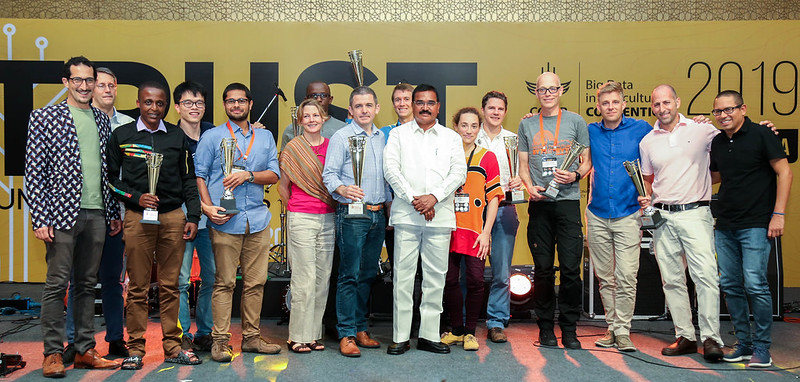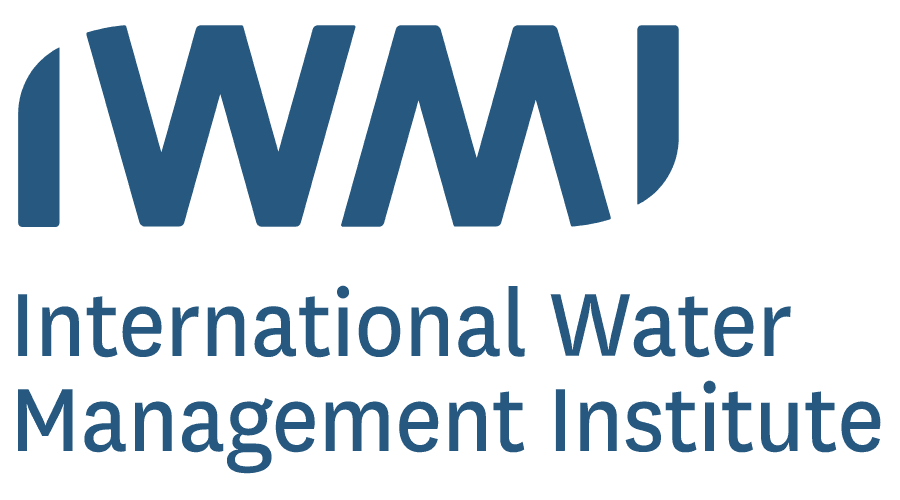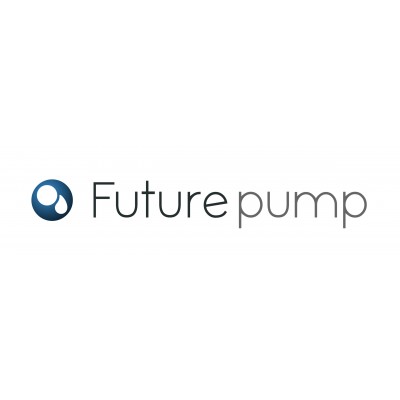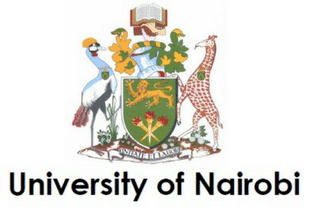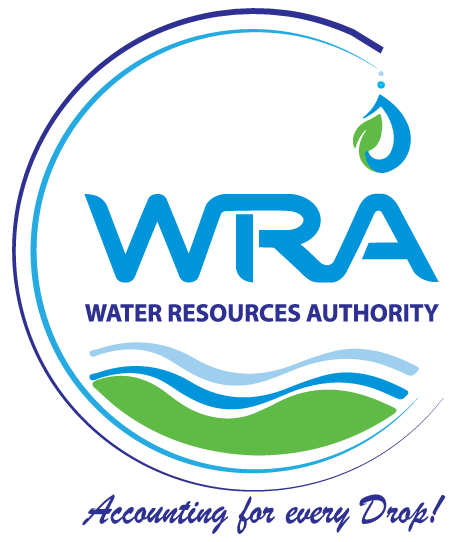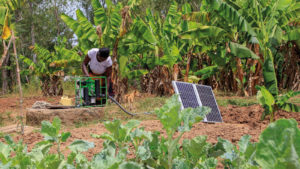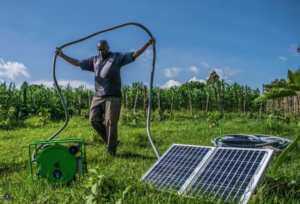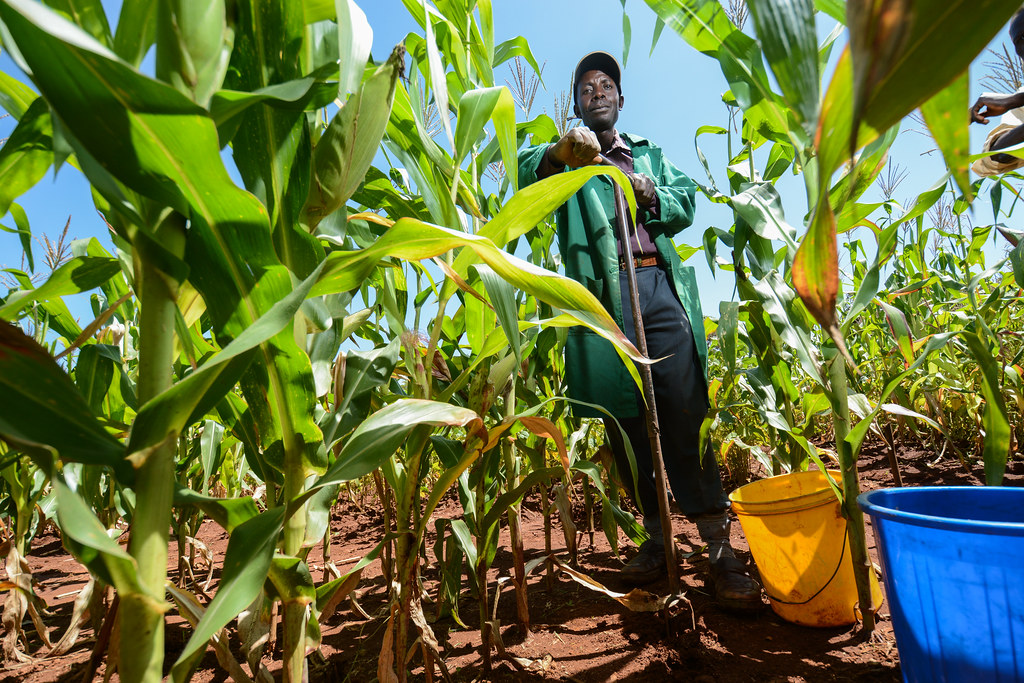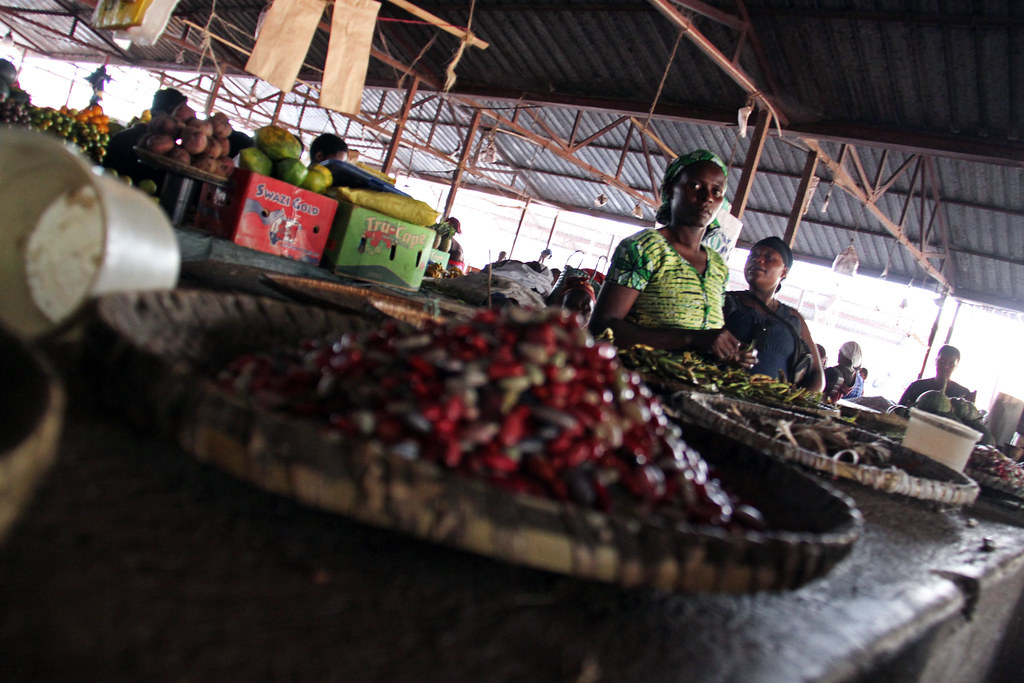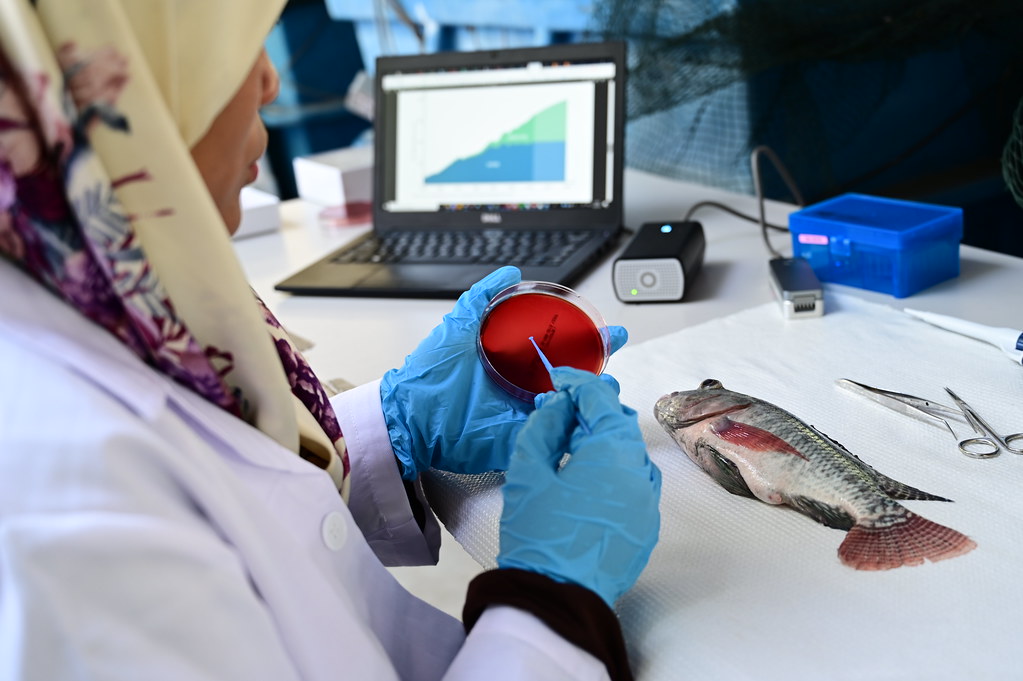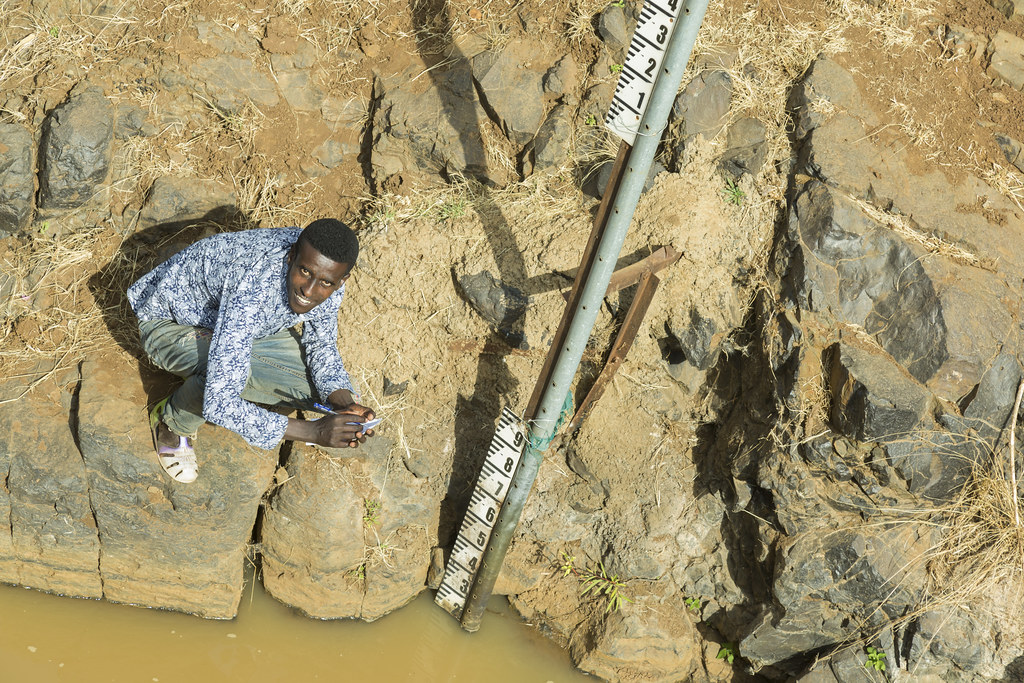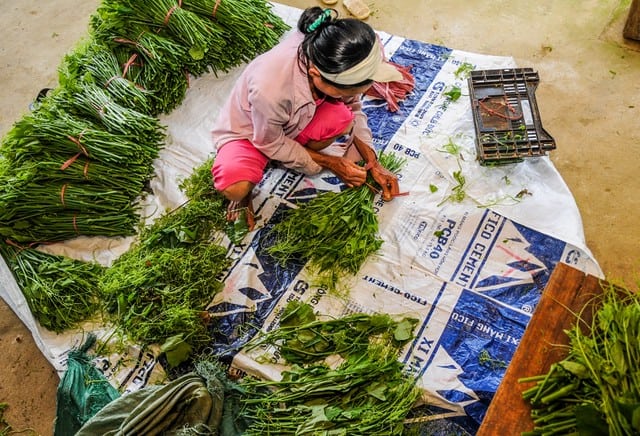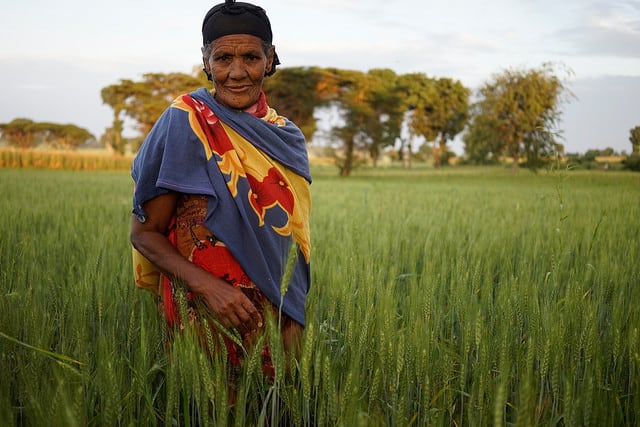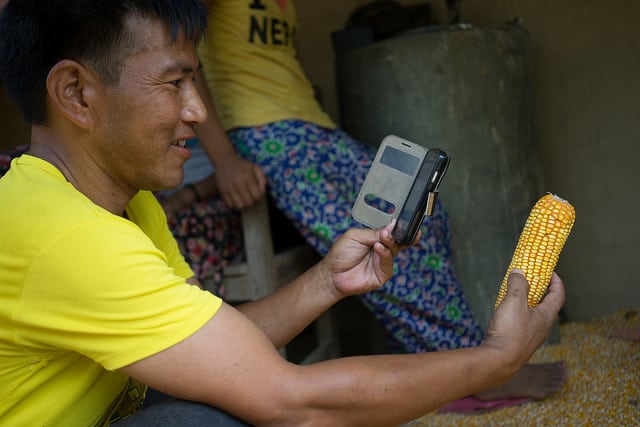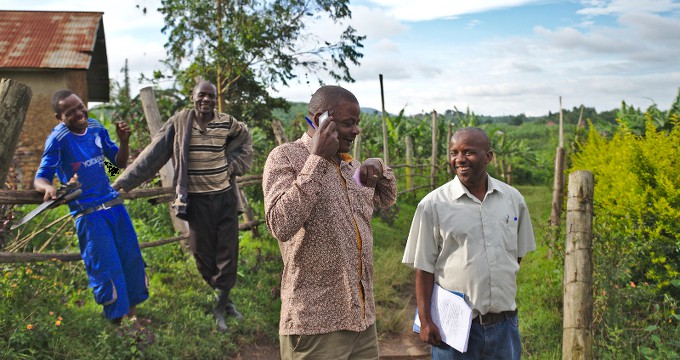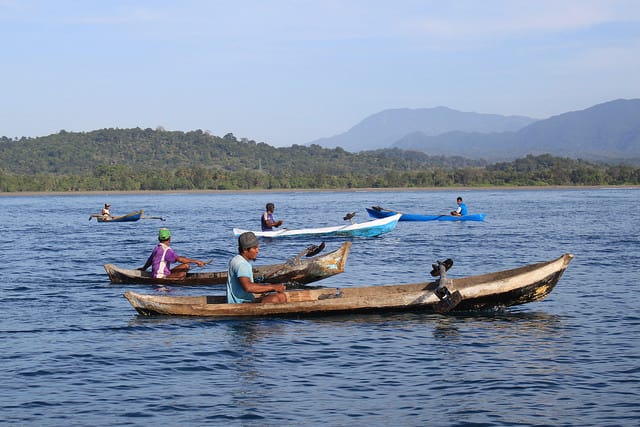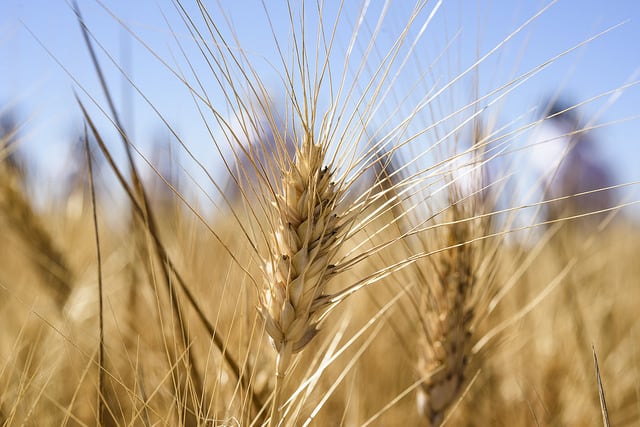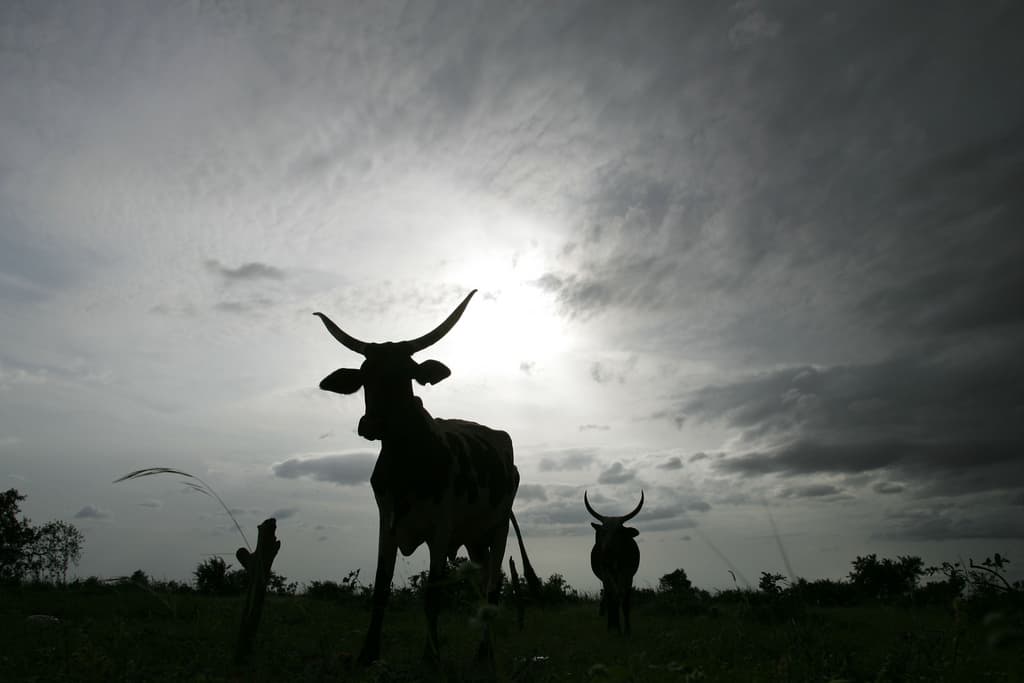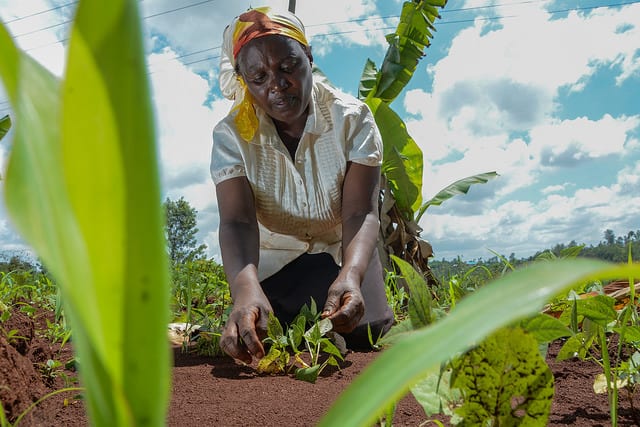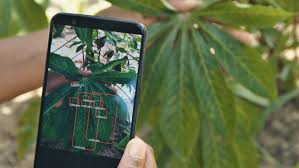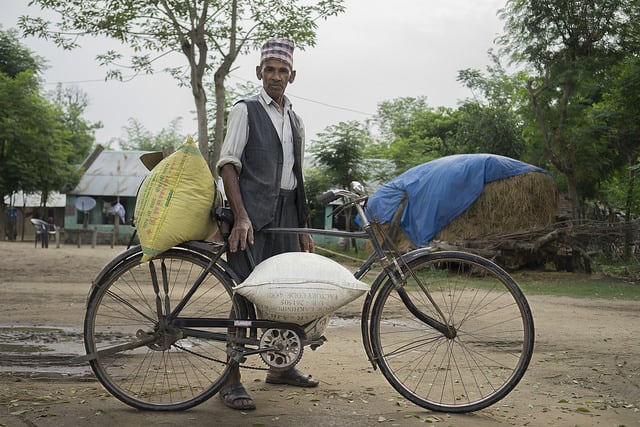2019 Winner
Real-time East Africa live groundwater use database
East Africa
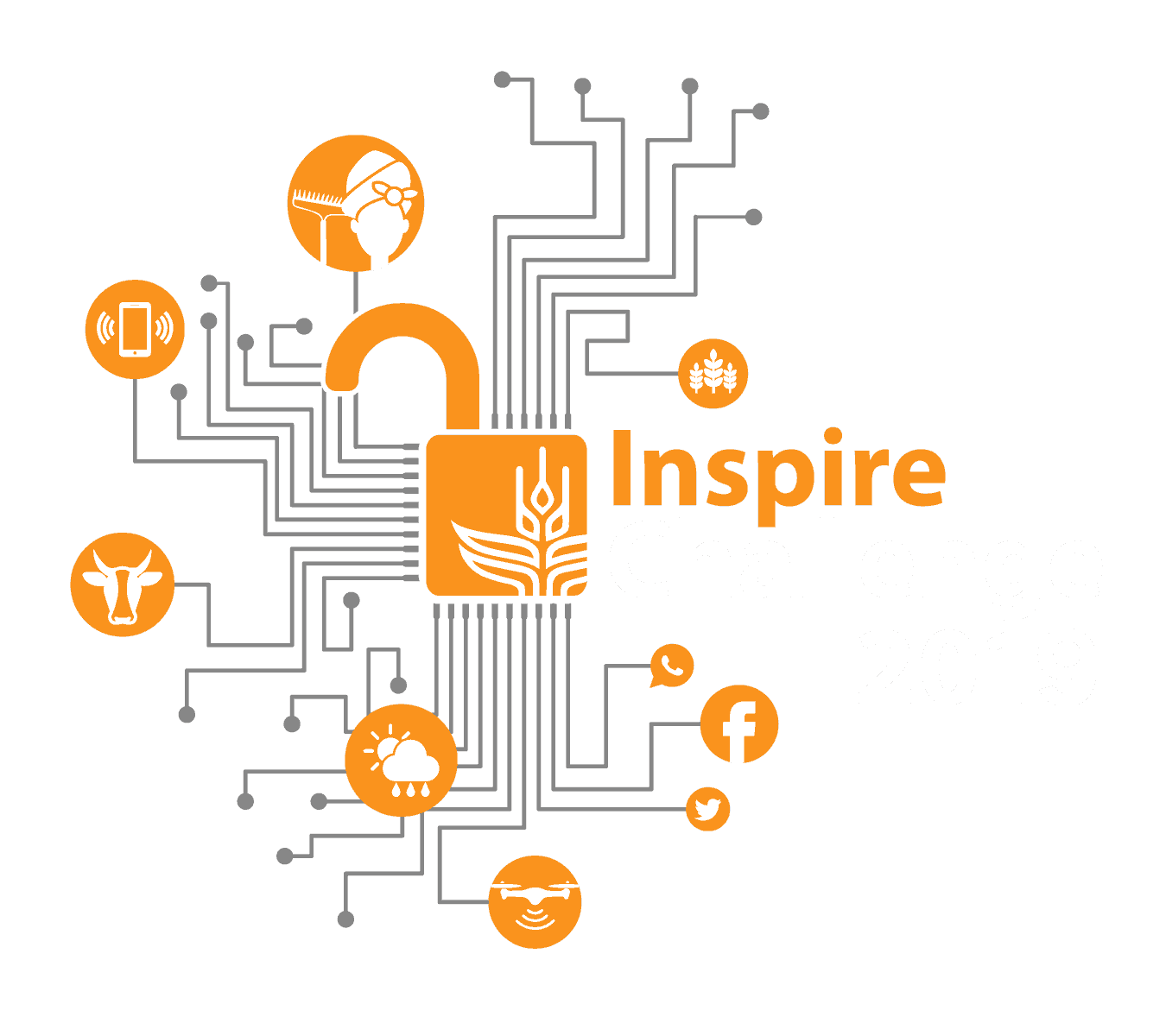
This Inspire Challenge proposal was selected as a 2019 winner, with the team receiving 100,000 USD to put their ideas into practice.
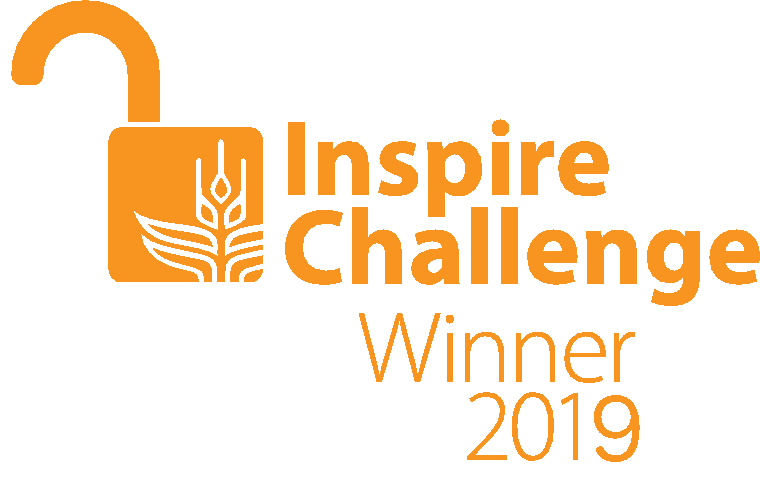
Low-cost solar pumps offer the potential for East Africa’s farmers to increase productivity, but data needed to judge the sustainability of these solutions and plan appropriate policies are not available. This project proposes to reduce information gaps by turning the network of solar pumps developed by Futurepump into IoT devices linked to an open, online water information platform at IWMI. The system would then be able to provide real-time information on water withdrawal, area irrigated, and energy use.
More about the project
While more than 90 percent of Africa’s agriculture is rain-fed, farmers face some of the world’s highest precipitation variability, which climate change is further exacerbating. In order to increase and intensify crop production to feed Africa’s growing populations, the high water resource variability needs to be managed. Water storage and increased irrigation will be needed, but current surface water storage capacities are small in many sub-Saharan African countries compared to other regions of the world.
Water naturally stored in shallow aquifers is one solution for farmers; IWMI studies have indicated that in many regions there is still much untapped and sustainable groundwater potential, particularly if recharge is managed.
Sustainably managing water resources, whether on the surface or below, and producing irrigation management policies and guidelines, will require detailed information on water demands, withdrawals, availability, flows, and risks. At present, none of this data is available to the extent needed by farmers, water planners, and managers throughout much of sub-Saharan Africa.
This project proposes to narrow the groundwater resource information gap by turning a network of solar pumps developed by Futurepump Ltd. into IoT devices providing shallow groundwater pumping information to a Real-time East Africa live groundwater use database (REAL-GUD). It offers a public-private partnership approach to using IoT to provide accessible, consistent shallow groundwater availability and use data across multiple sub-Saharan African countries.
It will link the groundwater database with solar pumping suitability mapping and hydrologic information developed by ongoing projects to provide previously unavailable data to researchers, farmers, and planning and management agencies alike. This will enable, for example, climate proofing of the agricultural value chain as solar suppliers develop new supply chains embedded in an environmental sustainability context given that now solar abstraction can be monitored.
Team
International Water Management Institute
Simon Langan
Petra Schmitter
Futurepump
Toby Hammond
Helen Mallett
Step by step
2021
JAN - JUNE 2021
Addition of new data visualizations
The database’s new visualization capabilities will allow the user to view pump clusters and provide real-time information on water withdrawal, area irrigated, and energy use.
FEB - JUNE 2021
Refining estimates for groundwater levels and extraction volumes
The team will use field validation data to refine the codes that estimate groundwater levels and abstraction volumes.
APRIL 2021
Post-data analysis
The Futurepump team conducted post-data analysis on the groundwater level estimates and extraction volumes. The field team in Kenya provided data quality control.
JUNE 2021
Workshop with Kenyan government and academic partners
The team will hold a virtual feedback session with the Kenyan government and academic partners in order to test the database’s user interface and receive comments about users’ experiences.
JULY 2021
Journal submission
The team will submit an article on their process for converting energy use data into water use data.
2020
JAN - FEB 2020
API development
The team developed an API to enable the IWMI and Futurepump databases to interface with one another.
MARCH 2020 - MAY 2021
COVID-19 impacts
Field data collection of water withdrawals or groundwater depths in Kisumu County, Kenya was delayed in early 2020 because of the COVID-19 pandemic.
Additionally, the team’s private sector partner, Futurepump, based in the United Kingdom, was required to shut down for several months due to national COVID-19 containment measures.
Working with on-the-ground field team members in Kenya, the team has been able to continue its efforts throughout the pandemic.
SETP 2020 - JUNE 2021
Overlapping of irrigation info and other data
Satellite remote sensing data of irrigated land areas were paired with ground-truthing survey data. Currently, machine learning is being used to understand which indicators in the datasets explain pump clustering.
This work is funded by the CGIAR Research Program on Water, Land and Ecosystems.
NOV 2020 - MAR 2021
Virtual trainings
The Futurepump team led a virtual training with field team members on how to install solar pump flow meters and how to survey smallholder farmers about water extraction and use.
NOV 2020 - MAR 2021
Co-creation of an online tool to assess solar pump suitability
Together with the International Food Policy Research Institute, Futurepump, and GIZ, the team collaborated on the creation of an interactive online tool to assess land suitability for photovoltaic based irrigation using solar energy.
The team completed a suitability analysis to validate that Futurepump’s solar pumps appear on the map in the correct areas, given available water resources and economic conditions.
NOV 2020 - MAR 2021
Field work resumed
Although solar pump IoT sensors report voltage, current, and revolutions per minute, they do not report on water withdrawals or groundwater depths directly.
Therefore, field work was resumed to collect and monitor data for the development, calibration, and verification of equations that translate sensor data into useful data for water management.
Survey data is also being collected on the usage of pumped water and the benefits of those uses.
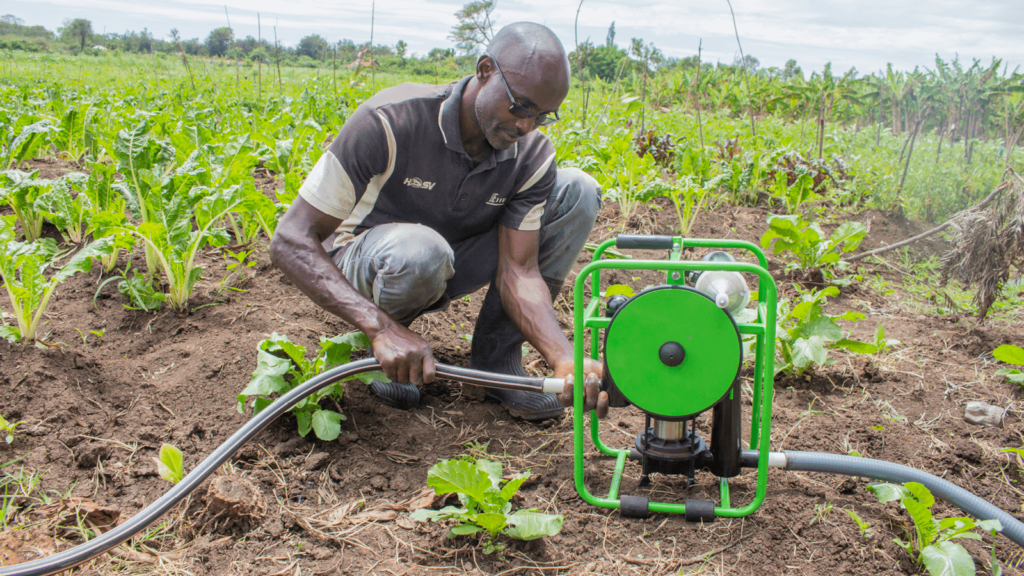
2019
OCT 2019
Project awarded US$100K scale-up grant
The project was one of four winners of the Inspire Challenge 2019 and was awarded US$100K at the Convention of the CGIAR Platform for Big Data in Agriculture, during 16-18 October, 2019.
DEC 2019
Assessment of case studies & selection of study region
The IWMI team completed an assessment of case studies in order to select the region of study.
Kisumu County in western Kenya was chosen for its proximity to Lake Victoria, as the Futurepump solar irrigation pumps have a suction limit of seven meters, requiring a region with a high water table.
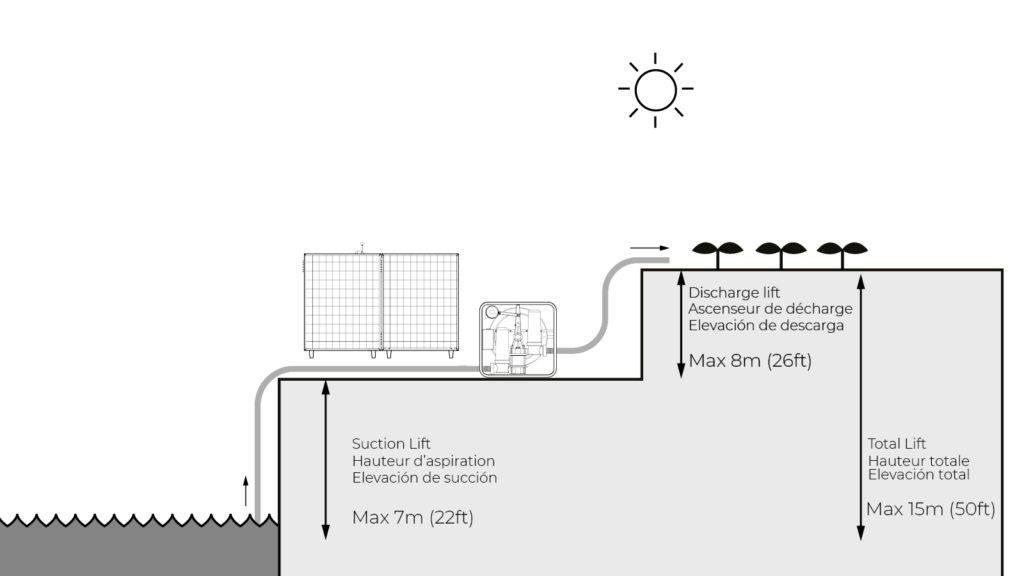
Diagram showing the suction, discharge and total lift of the SF2 solar pump. Credit: Futurepump Ltd.
Gender & Youth Inclusion
- The team collects sex-dissagregated and age-dissagregated survey data as part of their fieldwork validation process.
Project News and Resources
Meet all the Winners

